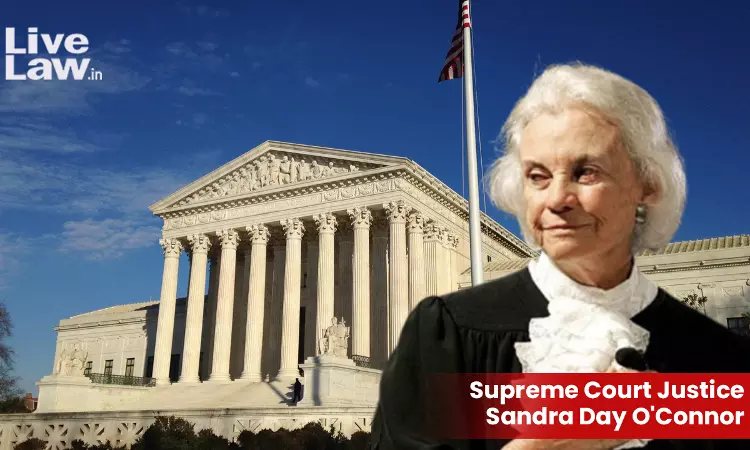Sandra Day O'Connor, First Female Judge Of US Supreme Court, Passes Away At 93
Debby Jain
2 Dec 2023 12:24 PM IST

Next Story
2 Dec 2023 12:24 PM IST
Justice Sandra Day O'Connor, the first woman to be appointed as a Justice to the US Supreme Court, passed away yesterday of complications related to dementia and respiratory illness. In a press release by the US Supreme Court, Chief Justice John G Roberts Jr. remembered Justice O'Connor as an “eloquent advocate of civic education”, saying that she blazed a historic trail as...
